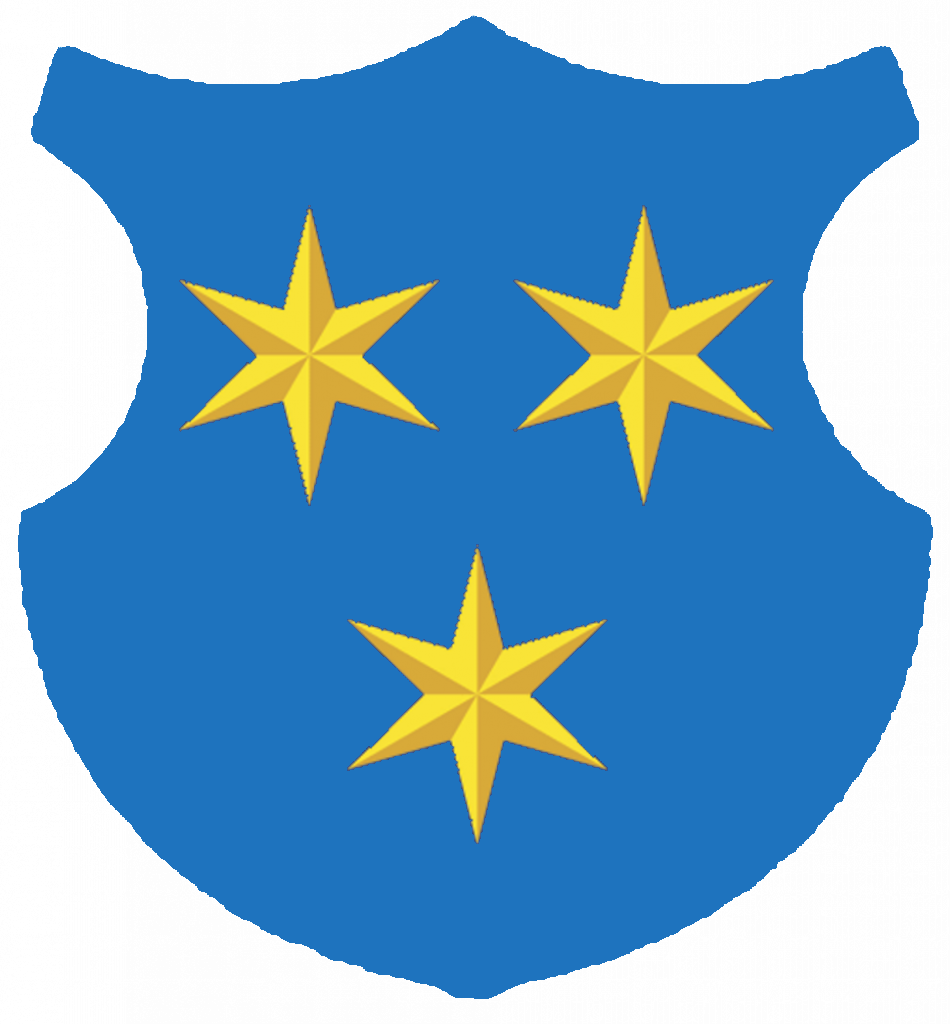| Author: | Article:
“My sole wish is to leave this place.” Notes from a journey made in 1792 to the land of tulips and windmills “Napoleon would have swelled with pride for his Illyria yesterday”. |
 |
“My sole wish is to leave this place.”
The main source material for the article are three diaries (1849, 1850, 1851) written by Barbara Širca. Barbara was the wife of Ernest Širca, a storekeeper in Žalec. With the help of the entries Barbara wrote in her diary, the author describes the relationships in the Širca family and daily life in the market town of Žalec in the middle of the 19th century.
Notes from a journey made in 1792 to the land of tulips and windmills
The article depicts the journey of Sigismund von Hohenwart to Holland and back again. The author begins with a discussion of the deeper meaning that travelling has for humanity, as it has been a human activity since the dawn of mankind. We are constantly underway – from our homes to various destinations and from these destinations back home again. The essential components of any journey, according to the author are meaning/goal, means/responsibility, will/strength and caution. The central part of the article takes a look at the development of journeying from the age of Enlightenment onwards. With the help of the travel diary written by Sigismund von Hohenwart and the window on Sigismund’s life that this affords the author, he is able to depict the spirit of the times that permeated the Europe of the new age; an era that continues on to this day.
“Napoleon would have swelled with pride for his Illyria yesterday”.
An excursion into the sport of “ball-throwing”, or “football” in Ljubljana before the First World War
Although the arrival of football on the sports scene in Ljubljana did not go unnoticed or unrecorded in the history of sports, it is not thoroughly researched. At least not the main turning points and events in the history of this sport. The following article, however, focuses on the appearance of the phenomenon of football amongst the high-school students of Slovenia and the inhabitants of Ljubljana. The author depicts how the founding of the first football club as an institute of civil society was a turning-point in the development and popularizing of this modern sport in Slovenia.
The effect of the construction of the Bohinj railroad on the lives of the inhabitants of the Soča River valley
It took five years from the enactment of the law on the construction of the second railway line in Austria-Hungary (Vienna – Trieste on June 1, 1901) until the opening of the Bohinj railway line from Jesenice to Trieste (July 19, 1906). The work done on the Jesenice-Trieste railroad alone during this time involved the efforts of over 14,000 railroad workers. These were, in addition to the Slovenes, also from Italy, Croatia, Macedonia, Montenegro and other parts of the Austro -Hungarian empire. The domestic population, which until then had lived in remote valleys, suddenly found themselves in the midst of a confluence of various cultures and had to adapt overnight to numerous far-reaching changes.
